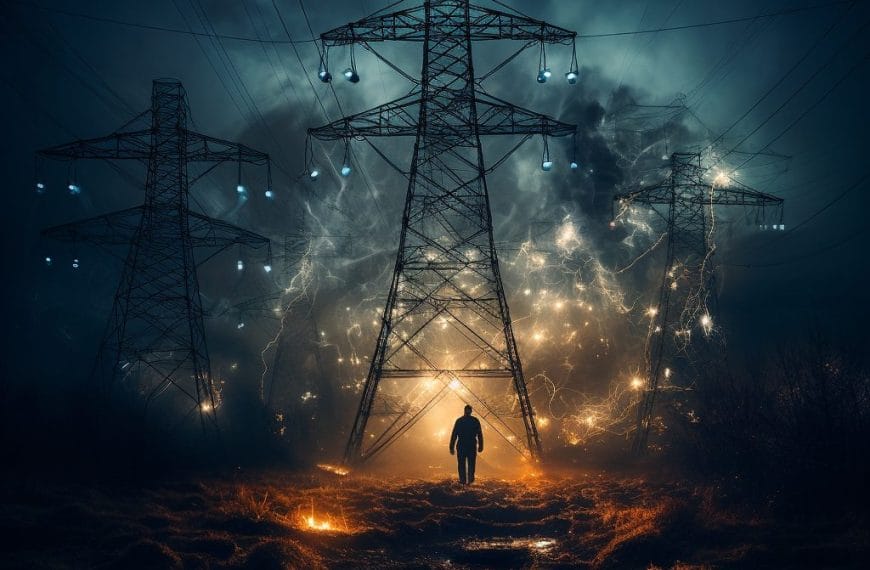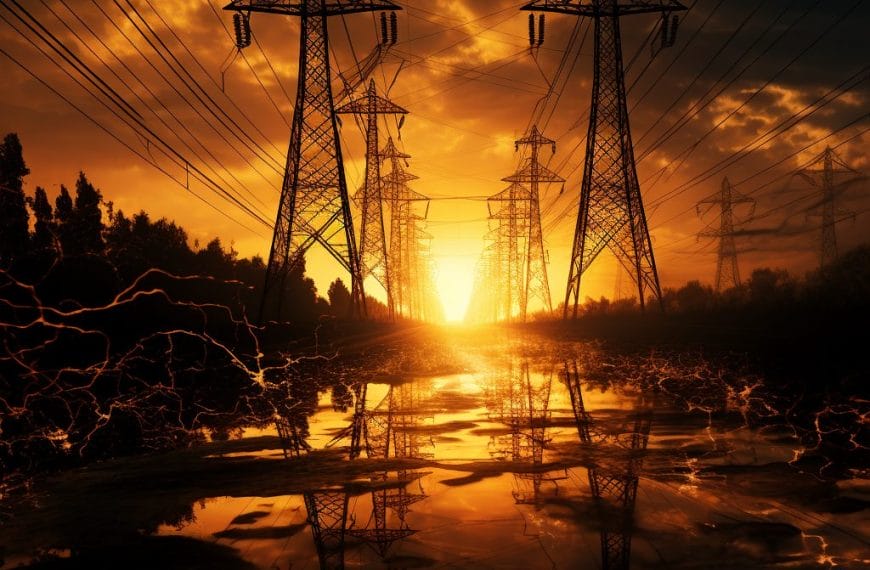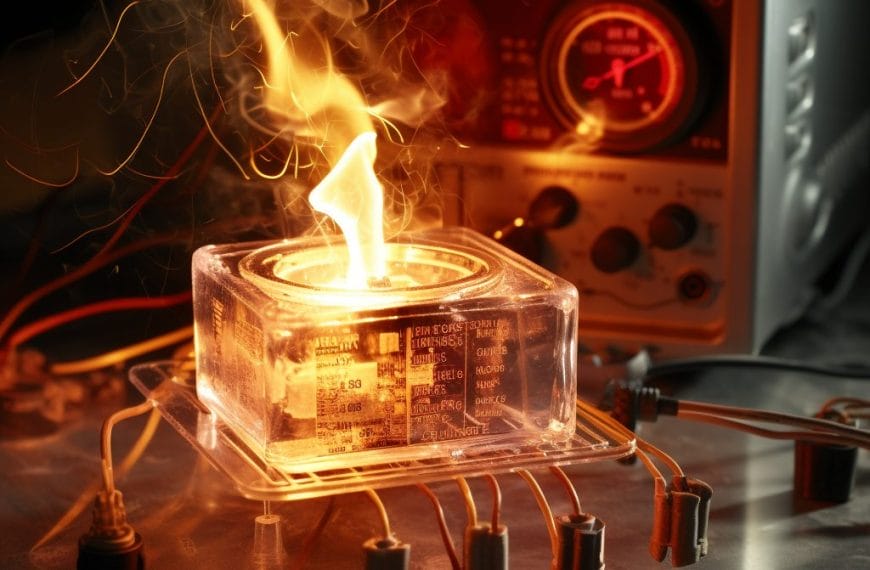Winds of Power – The Quick Answer
Wind turbines turn moving air into electricity by capturing the wind’s kinetic energy with rotating blades, transferring that motion through mechanical parts, and finally converting it into electrical energy via a generator. This power is then sent through transformers and onto the grid, ready to light up homes and businesses.
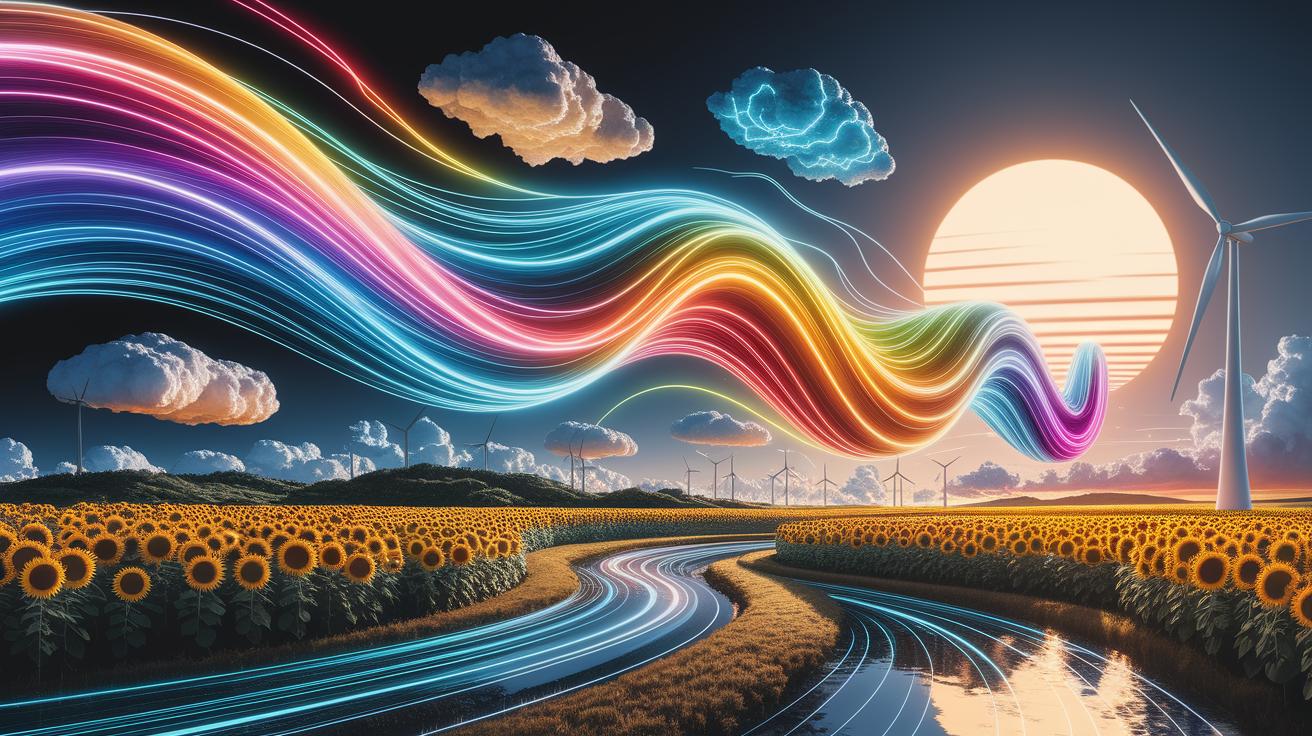
Capturing the Wind – Blade Aerodynamics
At the heart of a wind turbine’s magic is its rotor, made up of long, sleek blades that slice through the air. These blades are shaped using advanced aerodynamic design principles similar to airplane wings.
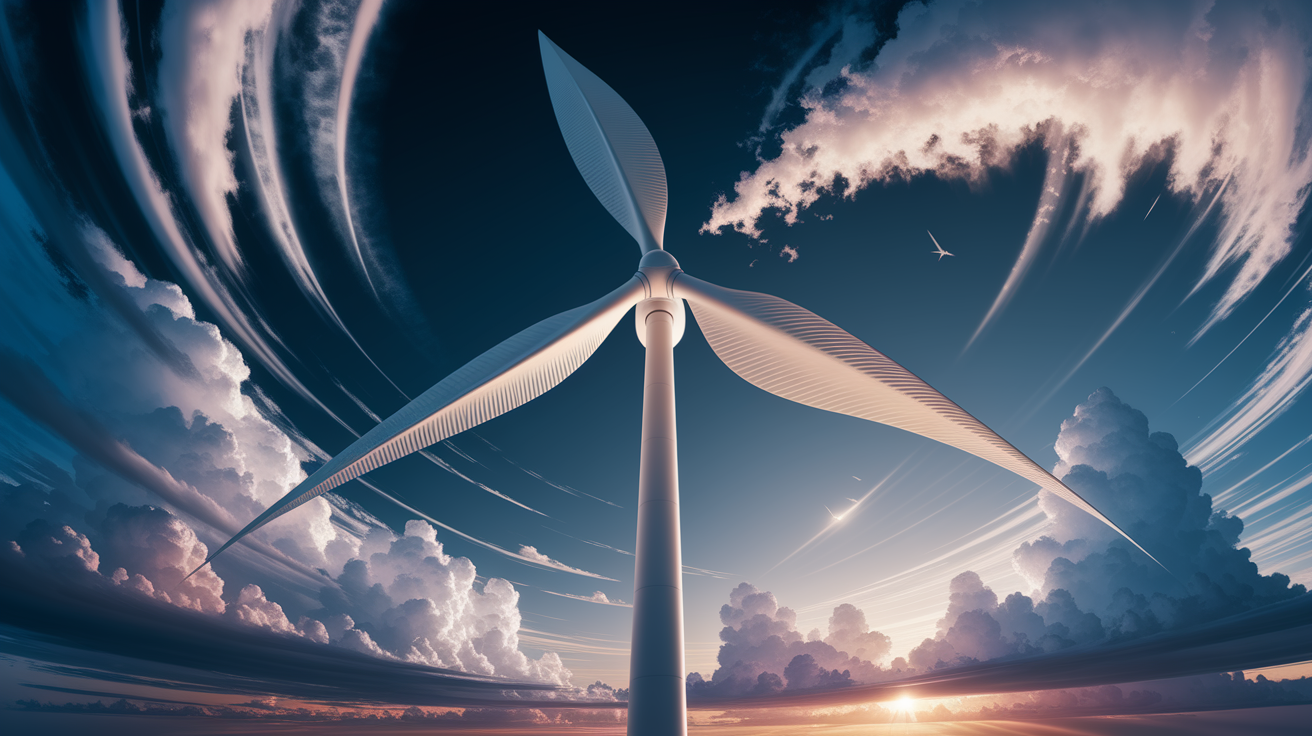
- Lift and drag: Wind flowing over the curved blade surface creates more pressure on one side than the other, producing lift. This lift is stronger than drag, so the rotor spins.
- Blade angle (pitch): The pitch control system adjusts the blade angle to capture the optimal amount of wind energy depending on wind speed and direction.
- Yaw system: A motor and vane keep the rotor facing into the wind to ensure maximum turbine efficiency.
Transmitting Motion – The Drive Train
Once the blades are in motion, the energy doesn’t go directly to making electricity just yet—it needs to be transferred and boosted.
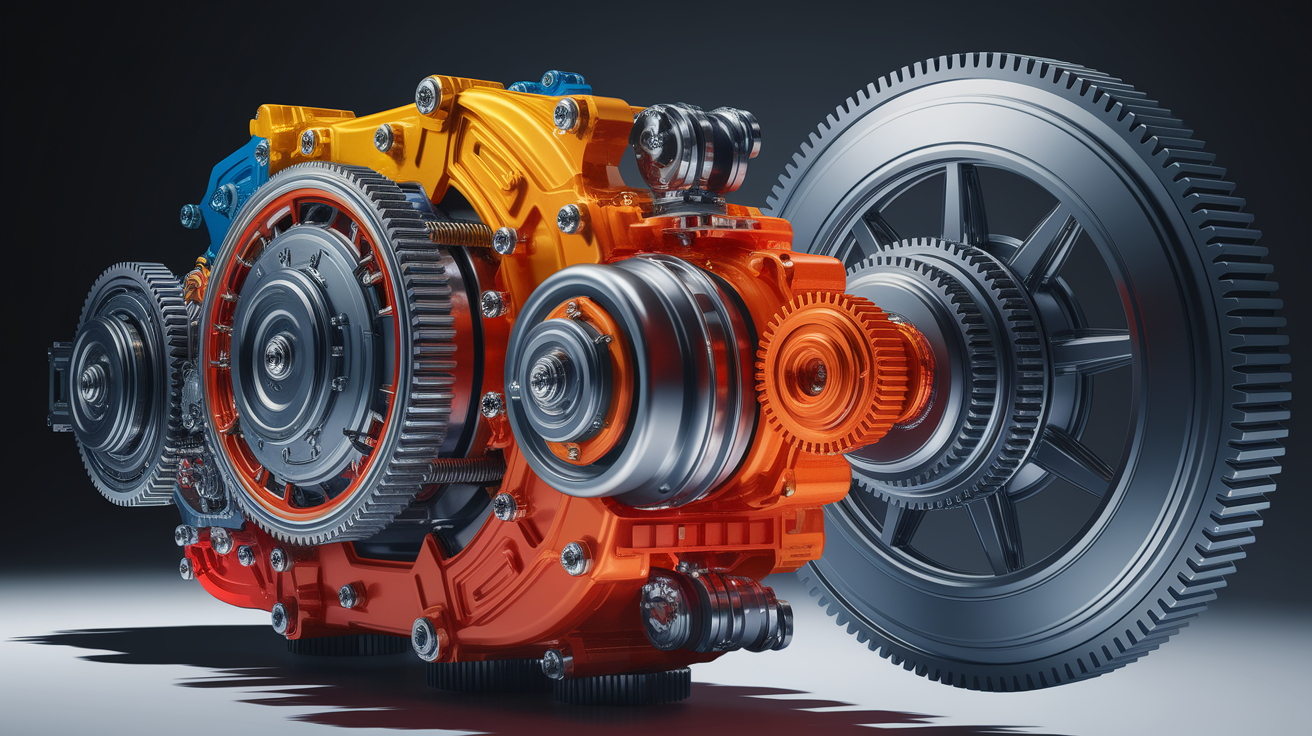
- Main shaft: Connects the rotor to the rest of the turbine’s internal machinery inside the nacelle.
- Gearbox: In many designs, this mechanical multiplier increases the rotational speed from the slow-turning blades (about 10–20 rpm) to the much higher speed needed for the generator (hundreds to thousands of rpm).
- Direct drive systems: Some turbines skip the gearbox and use a specially designed generator that works efficiently at lower speeds.
Turning Spin into Power – Generator and Controls
Now comes the big transformation—from mechanical motion to electrical energy. This happens inside the generator using electromagnetic induction, the same principle behind power plants and bicycle dynamos.
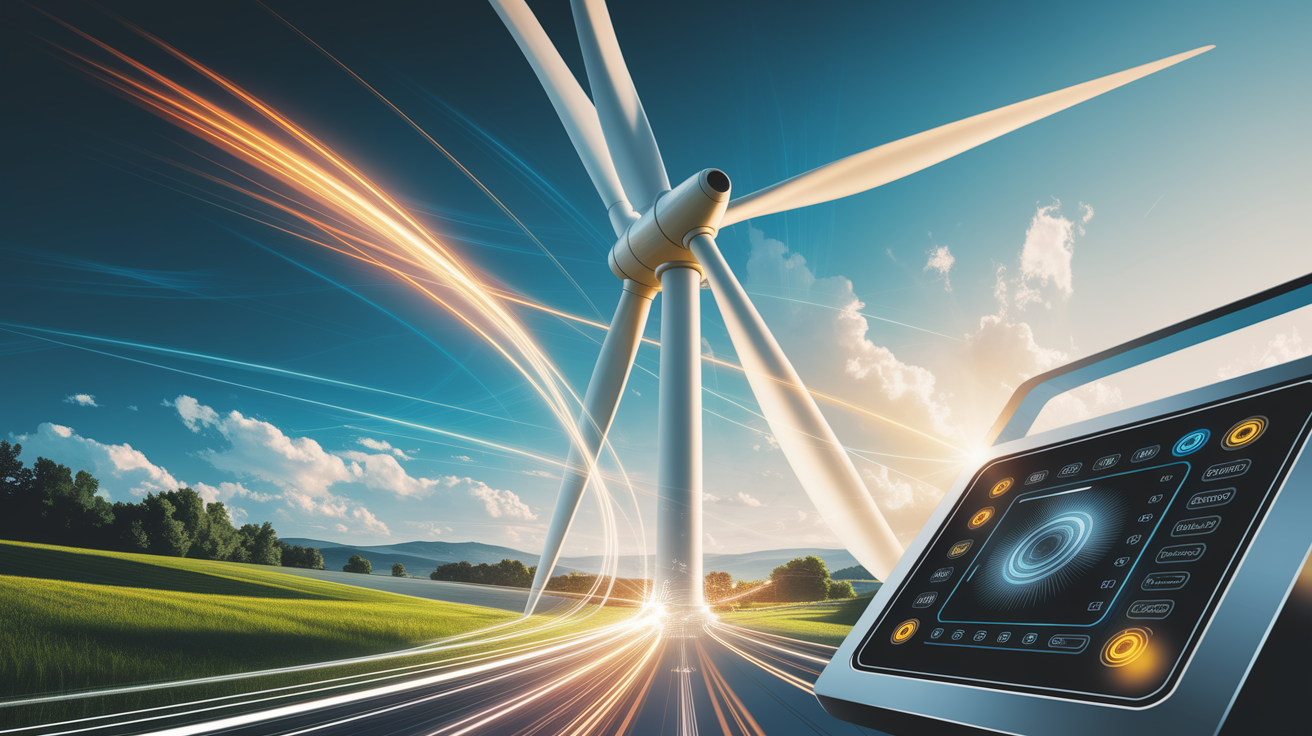
- Generator: Rotating magnets inside copper coils (or vice versa) induce a flow of electrons, creating alternating current (AC) electricity.
- Control systems: Electronics inside the nacelle monitor turbine performance, adjusting blade pitch and braking if wind speeds get too high for safe operation.
- Power output optimization: The turbine’s control logic works to extract the most energy across a wide range of wind conditions while protecting the generator and blades.
From Generator to Grid – Delivering the Juice
Once the generator has done its job, the electricity still needs some fine-tuning before your appliances can use it.
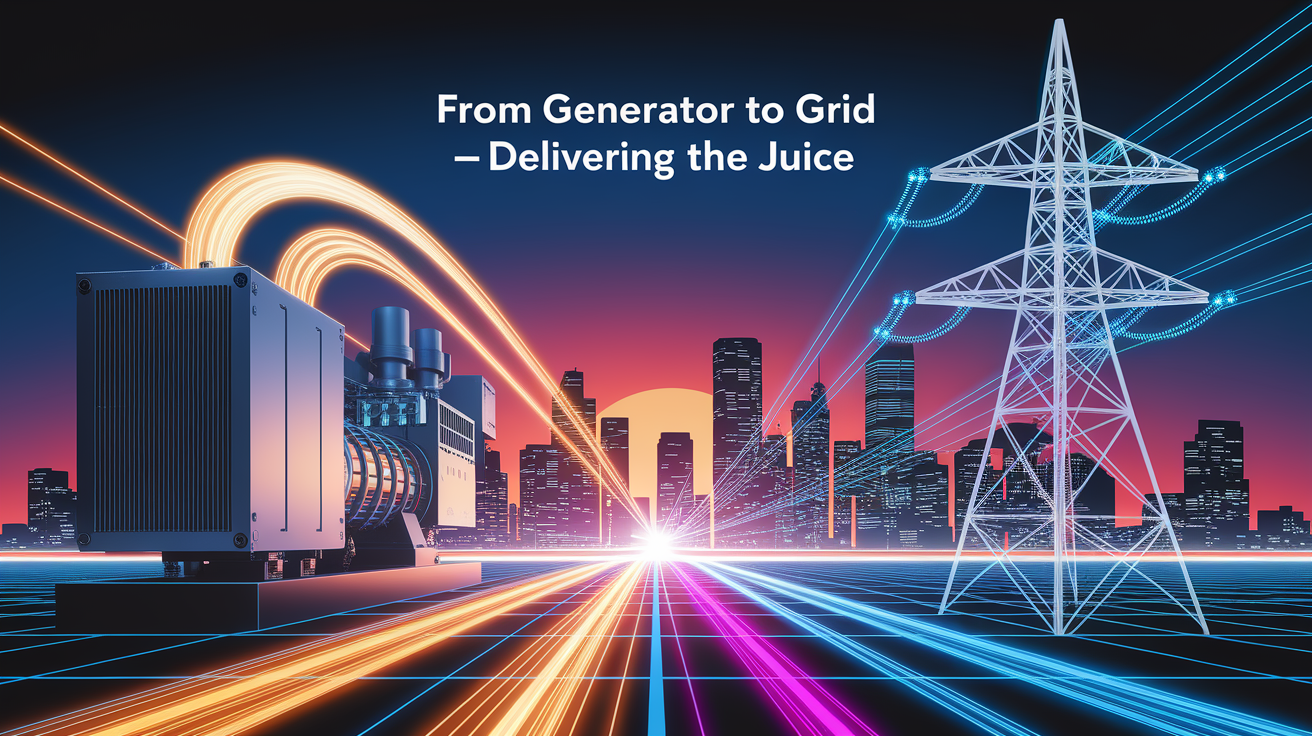
- Transformer inside turbine: Steps up the voltage from the generator to reduce energy loss over distance.
- Wind farm connection: Multiple turbines in a wind farm send electricity to a substation, where it’s stepped up even more for long-distance transmission.
- Grid integration: The electricity joins the large-scale electrical grid, becoming part of the power mix that delivers energy to homes, schools, and businesses.
Riding the Breeze – Final Thoughts
Wind turbine electricity generation is a brilliant blend of nature’s kinetic energy and human engineering skill. From carefully shaped rotor blades to sophisticated control systems, each component plays a role in turning the invisible push of the wind into the very tangible power that runs our daily lives. Whether standing alone in a field or grouped in a massive offshore installation, these machines are a shining example of renewable energy in action—quietly spinning, efficiently converting, and steadily feeding clean electricity into our modern world.





